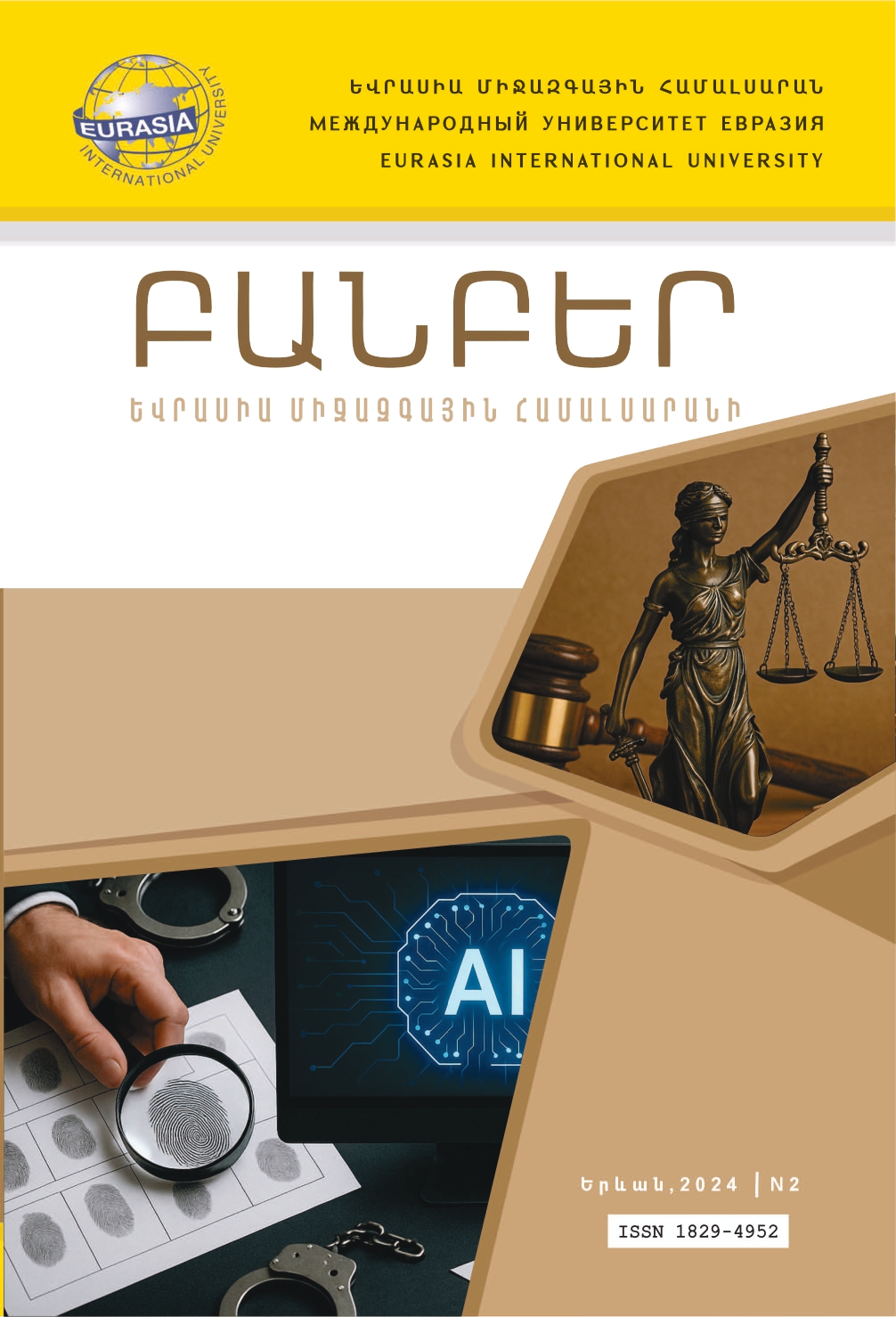UNIVERSAL LANGUAGE (METALANGUAGE WE CAN’T LIVE WITHOUT)
DOI:
https://doi.org/10.53614/18294952-2024.2-189Keywords:
Universal language, metalanguage, component analysis, machine translation, formalized description.Abstract
Nowadays, the modeling of the knowledge has become one of the problems in the fields of application of various sciences: logics, linguistics, mathematics, psychology, cybernetics, etc. The reason for such interest in this problem is due to the creation of artificial intelligence (AI) systems.
The present article explores metalanguage, a type of universal language present in machine translation that facilitates the encoding of the input language and the decoding of the output language, regardless of the language family or typological traits. The modeling or formalized representation of words plays a vital role in ensuring accurate translation and understanding of meaning.
The article contains sample translations from English to Chinese, Spanish, Latin, Armenian, Russian, and Turkish via corresponding formal description based on the metalanguage used by the Universal Network Language (UNL). One of the vital parts of the formalized description – the component analysis, is also discussed from the point of view of both morphology and semantic meaning.
Downloads
Published
How to Cite
Issue
Section
License
Copyright (c) 2024 Banber Eurasia International University

This work is licensed under a Creative Commons Attribution-NonCommercial-NoDerivatives 4.0 International License.




